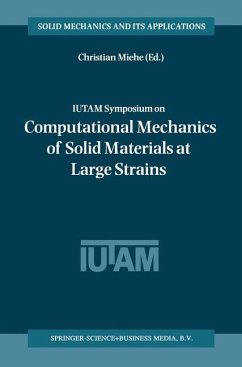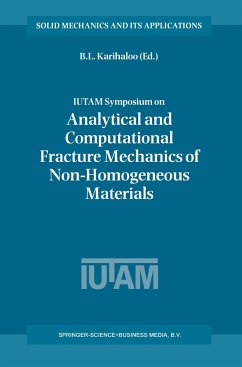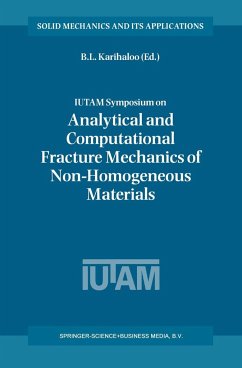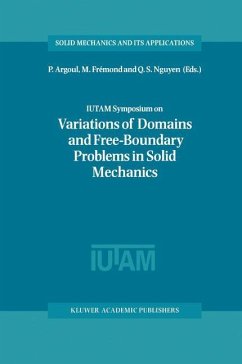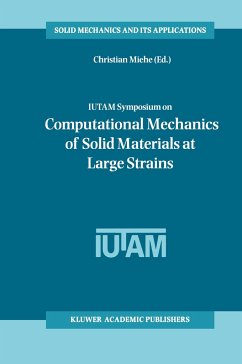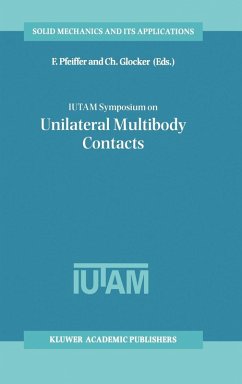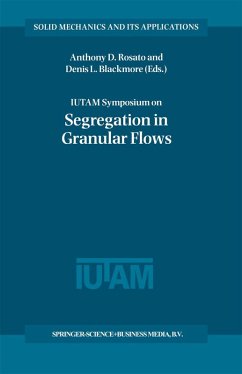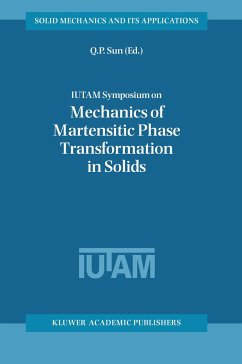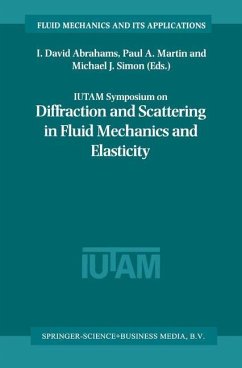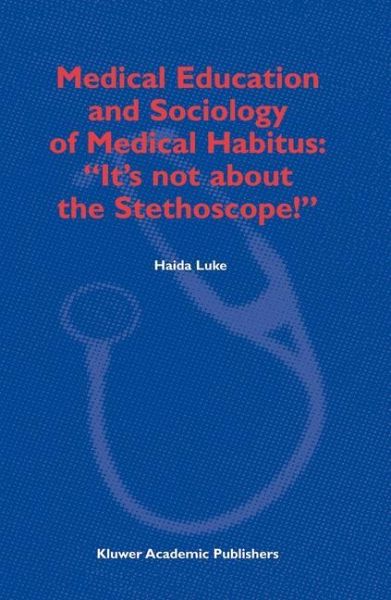
IUTAM Symposium on Field Analyses for Determination of Material Parameters - Experimental and Numerical Aspects
Proceedings of the IUTAM Symposium held in Abisko National Park, Kiruna, Sweden, July 31 - August 4, 2000
Herausgegeben: Sundin, K. G.; Ståhle, P.

PAYBACK Punkte
58 °P sammeln!
The symposiumwas motivatedby theincreasing need for modelling of material behaviourundervarious mechan icalconditions. This need is driven by the evolut ion ofcomputer capac ityand the resulting ability for engineers and scien tiststo address complexproblems . Reliable models formaterialbehaviour, including accurate numericalvalues of parameters ,are necessary for a continued beneficial development ofthe computational side of solid mechanics .High rate plasticity ,thermally assisted creep and phasetransformationsare only a fewexamplesof areas where more accurate modelsare needed. Experiments a...
The symposiumwas motivatedby theincreasing need for modelling of material behaviourundervarious mechan icalconditions. This need is driven by the evolut ion ofcomputer capac ityand the resulting ability for engineers and scien tiststo address complexproblems . Reliable models formaterialbehaviour, including accurate numericalvalues of parameters ,are necessary for a continued beneficial development ofthe computational side of solid mechanics .High rate plasticity ,thermally assisted creep and phasetransformationsare only a fewexamplesof areas where more accurate modelsare needed. Experiments are necessary for the establishment ofmodels and parameters , and modified versionsof conventional test methods can make important contributions . Also modern optical methodsoffer a highpotentialfor futureexperimental development. Numerical simulations ofexperiments and so-called inverse modelling arealso frequentlyused techniques. The aim of the symposium was to bring together researchers with an interest in the areaofexperimental and computational aspects ofmaterial modelling for exchange and discussionofpromising methodsandresults. Abisko,a national park in the Swedish mountain district about 200 km north of the arctic circle and about one hourve dri from the airport ofKiruna,was chosen for the symposium. The tourist hotel in the park , overlookinga beautiful lake , offered a suitablevenue for the symposium. This environment with tracks for short walks (and long hikes),goals for small excursions and a hotel with restaurant and bar ve the ga delegatesmany opportunitiesto meet , socialiseand discuss during breaks and evenings.



